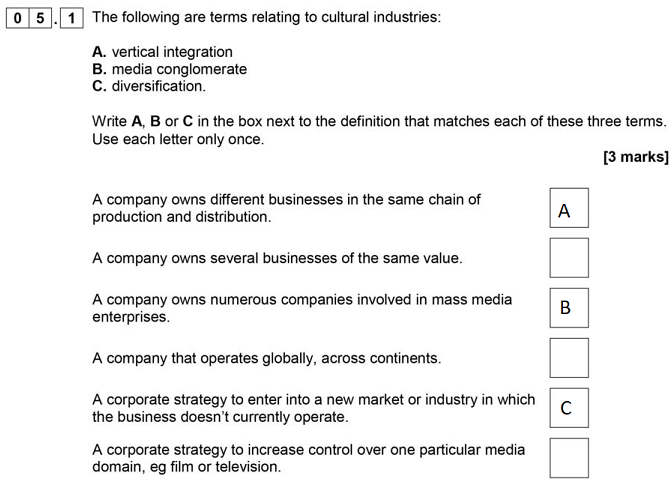Blinded by the Light: (Gurinder Chadha, UK, 2019)
This is a Targeted Close Study product for which you will need to focus on the following areas ofthe Theoretical Framework:
• Media Industries
Students are not required to watch the film for the assessment.
TASK 1: Use this post (and the links provided) to build up your own post and notes in preparation for the unseen question that you will take in class. CATEGORIES: NEA, INSTITUTION & EXAM PREP
Blinded by the Light is an example of low-medium budget film making. Students do not need to watch the film but will need to be familiar with the production context and distribution
materials including:
• website (Bend it Networks)
• website (Warners)
• posters
• trailer
• social media presence (Twitter, Instagram, facebook etc).
The film should only be studied in relation to Media Industries
Media Industries
Blinded by the Light is an example of a US/UK co-production and distribution. Its distributor New Line Cinema is associated with ‘indie’ films although it is a subsidiary of Warner Brothers Pictures, part of the global conglomerate, WarnerMedia.
• Blinded by the Light is a low-mid budget production ($15m) co-funded by New Line Cinema (an American production studio owned by Warner Brothers Pictures Group) and independent
production companies including Levantine Films. Bend it Films and Ingenious Media.
• Identification of how Blinded by the Light is characteristic of a low-mid budget release, considering production, distribution and circulation
• The role of the use of Bruce Springsteen’s music in getting the film financed and in the marketing of the film
• The use of film festivals in finding distribution deals for films
• Use of traditional marketing and distribution techniques; trailers, posters, film festivals etc.
• Marketing techniques such as use of genre, nostalgia, identity, social consciousness
• Distribution techniques – reliance on new technology; VOD, streaming
• Regulation of the industry through BBFC (British Board of Film Classification).
• Regulation including Livingstone and Lunt
The Importance of Film Festivals
The following link discusses the use of a film festival to secure a distribution deal.
The Importance of recognisable Generic Conventions (and the use of familiar music)
Blinded by the Light has been described as a feelgood jukebox musical film using the music of Bruce Springsteen.
This link offers ideas about the importance of genre and this link about the use of recognisable music in the marketing of the film,
It was directed by Gurinder Chada, a British director known for Bend it Like Beckham
Social, economic and cultural contexts
Blinded by the Light is characteristic of contemporary cultural production in its use of new technology at production and distribution stages, reflecting shifting patterns of audience consumption. As a low-mid budget film, it can be considered in its economic context having a mix of independent and major production and distribution contexts targeting a different audience to ‘indie’ and high budget films.
These videos show how directors, their past work and the ideas they aim to communicate can be important in film marketing.
It is based on the ‘true story’ of a Pakistani boy growing up in the UK in the 1980s. These links demonstrate how the historical context, nostalgia and British-Asian identity is used in the promotion of the film.


